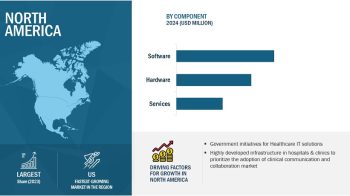Rise in aging population, growing medical and dental tourism in developing countries, and increasing disposable income in developing countries are major factors fueling the growth of global dental bone graft substitutes market. This market is expected to reach USD 664.3 million by 2021, at a CAGR of 9.8% from 2016 to 2021.
Edentulism (toothlessness) is common among elderly population. According to the American Association of Oral and Maxillofacial Surgeons (AAOMS), 69% of adults aged between 35 and 44 have lost one tooth permanently in an accident, tooth decay, gum disease, or due to failed root canal.
According to the World Health Organization (WHO), there has been a rise in the elderly population in recent years; globally, the percentage of aging population over 60 years is expected to grow from 11% of the total population in 2000 to 22% of the overall population by 2050. The aging population is one of the major consumers of major dental bone graft substitute products. Therefore, the demand and consumption of the dental bone graft substitutes is expected to increase with the rise in aging population.
Emerging economies such as India and China offer significant growth opportunities. Asian economies offer high growth potential to this market due to a large population base as well as increasing healthcare expenditures and medical tourism.
In 2013, about 900,000 Americans travelled to Asian countries, such as India, Thailand, and Singapore to undergo various health-related treatments. Dental tourism is an important factor that drives the market dental bone graft substitutes market. The price of a dental crown in the U.S. is USD 2,000 and USD 1,000 in the U.K. However, a dental crown costs USD 400 in Mexico, USD 300 in India, and USD 100 in the Philippines. This has led to the growth of dental equipment market in these emerging economies.
Countries such as Thailand and Malaysia offer dental tour packages that include the cost of a dental treatment as well as a vacation, which is still lower than the total cost of a dental treatment incurred in the U.S. or the U.K. This attracts a large number of people from America and Europe to avail dental treatments in Asian countries, thus making dental tourism a major source of revenue in these countries. Introduction and availability of newer and advanced dental products is expected to further fuel the growth of this market.

